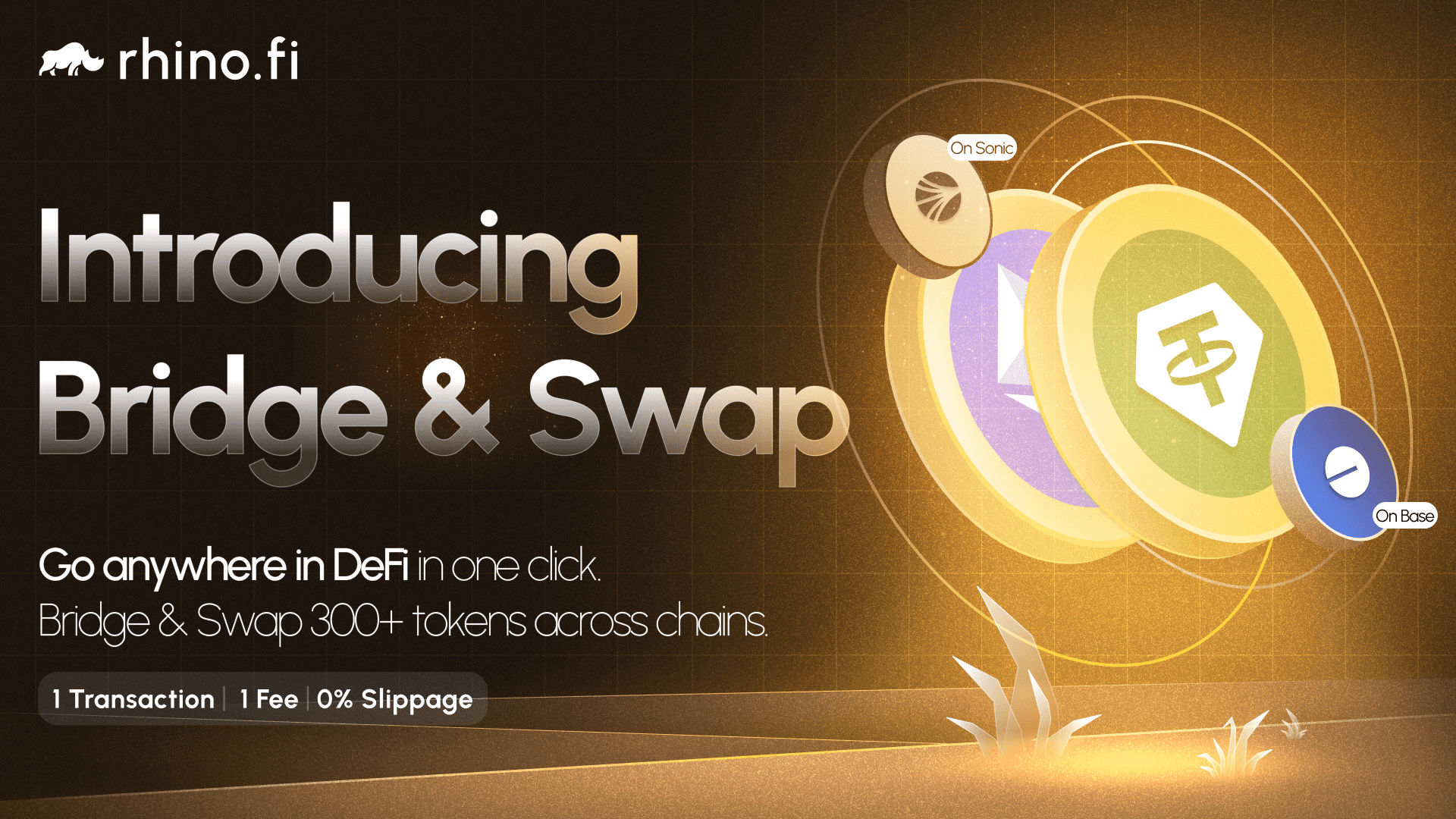An application programming interface, otherwise known as an API, sounds really complicated. But actually, it’s very simple: it’s a software product that allows two programmes or applications to talk to one another.
This is the basis of API trading, which is a popular option for advanced traders on rhino.fi, particularly those with software programming experience.
API trading allows you to execute automated trading strategies – that is, programme your required trading outcomes and retrieve information from your desired exchanges (like rhino.fi) when your conditions are met.
Instead of having to monitor the trading exchange yourself, the API does it for you, and it feeds the information into trading bots so they can make automatic trades on your behalf.
In this edition of RhinoLearn, we’re going to tell you everything you need to know about API trading, so you’re fluent in the terminology and can even think about building your own API (if you think you’ve got the programming skills!)
What is an API?
Ok, so imagine you’re at a fast-food store, and you want to place an order. In this transaction, there are two important parties.
On one side there’s the customer – you.
And on the other side there’s the producer – the person flipping the burgers, tossing the fries and whipping up the milkshakes.
And in the middle, there’s the person on the check-out, who serves as an intermediary. They take your order, feed it through to the kitchen and then pass your food back to you when it’s ready.
This is a very simple, real-world analogy of how an API works. It takes your information and sends it across to the other party, which then interprets the data that you need and sends you something in return, via the API.
You probably use loads of APIs without even realising it. Here are some common everyday examples:
- Travel sites like Booking, Airbnb and Trivago. When you’re planning a trip, these sites allow you to connect directly with the flight and accommodation providers you need.
- Food delivery platforms like JustEat. When you’re hungry, they allow you to contact restaurants in your desired area.
- Google Maps and other location-based services. These allow you to see amenities, shortcuts and points of interest in the areas you visit.
In each of these cases, you could do the research yourself by contacting individual service-providers, like a hotel or takeaway joint. But it’s a hassle contacting each provider individually and, what’s more, you’re not guaranteed to find the most helpful and relevant results.
An API takes care of this. It takes the information you’ve provided, passes this information to all the providers that meet your criteria and then requests information back from each of them about their price, availability and other key factors. Then it presents the information to you in a clear, attractive format.
Right, so what is API trading?
APIs assist trading bots by scanning your chosen exchanges and feeding them information as soon as your pre-set trading criteria are met.
Again, let’s consider an example. Suppose you want to buy bitcoin every time the price depreciates by 10%. If you’ve programmed your API to retrieve this information, it will:
- Automatically retrieve the information from rhino.fi (or your other desired exchanges) once the price falls by this amount.
- Feed the details through to the bot so it can make the trade instantly.
And… that’s it! Simple, right?
You can use an API for more complicated things, too, like building a set of rules that’ll govern your trades. And you can build hedging strategies, options… basically you can adapt the API to retrieve any information you need.
But whatever you use the API for, its role won’t change. It’s an intermediary that allows you, a user, to interact with another application (in this case a trading platform) without having to scour that application directly.
So, in summary:
- APIs are a bit like the check-out person at a burger joint: they take your order, scour the relevant providers and present the results to you in a clear, attractive format.
- APIs are a great option for traders with advanced tech skills who want to automate their tech strategies.
- You can adapt the API to pull out practically any information you require.
Enjoyed this explainer post? Why not stick around and try some other installments of RhinoLearn, like our explainer on XXX or our one about XXX.





